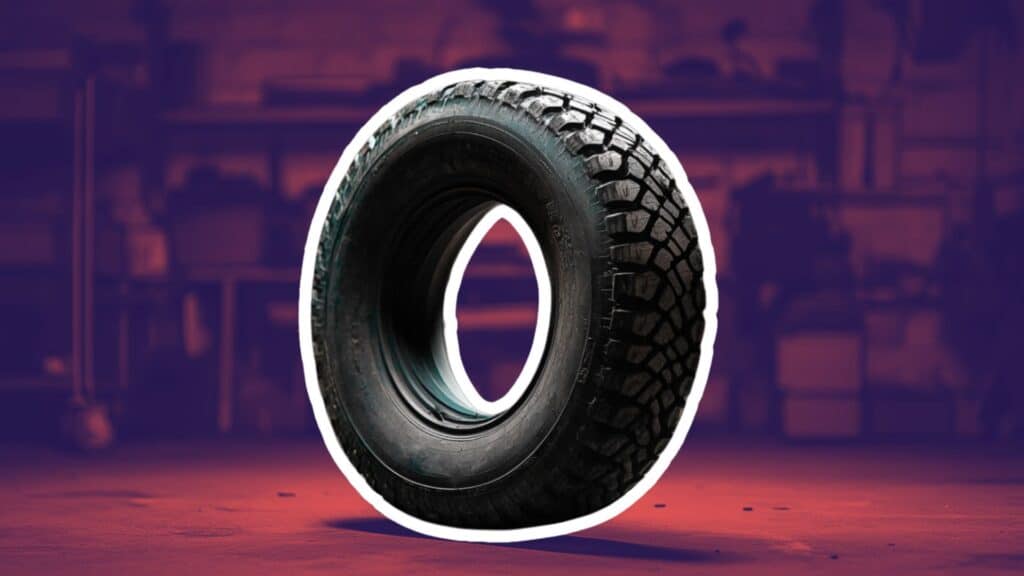Choosing the right tires for my vehicle can be tricky, especially when I need to handle heavy loads or drive on rough terrain.
I often find myself confused by tire ply ratings and how they affect performance.
But don’t worry – this guide is here to help.
I’ll explain the benefits and limitations of 12-ply tires, showing how they can be strong and durable, making them great for commercial use, off-roading, and towing.
I’ll also discuss how these tires affect comfort while driving and fuel use.
By the end, I’ll have a clear idea of when 12-ply tires are the best choice and when another option might work better for my vehicle’s needs.
What is a 12-Ply Tire?
A 12-ply tire refers to the strength of the tire’s construction.
The “ply” is a layer of material, usually made of steel or fabric, that gives the tire its strength and durability.
When a tire is called a “12-ply,” it means the tire is made up of 12 layers of these materials.
These tires are designed to handle heavy loads and tough conditions, which makes them ideal for vehicles used in commercial work, like trucks that carry heavy cargo, or for off-road driving.
The more plies a tire has, the stronger it is. This means 12-ply tires are tough, able to resist wear and tear better than tires with fewer plies.
However, they can also be stiffer, which may make the ride feel rougher.
They are usually better for work vehicles that need strength rather than comfort. So, if you need a tough tire for heavy-duty use, a 12-ply tire is a good choice.
Most Desired Benefits of 12-Ply Tires
12-ply tires offer a range of advantages over other ply tires because of their thick tire coating, which makes them an uncommon choice. Here are some advantages to compare:
1. Durability and Strength

The 12-ply construction is known for its exceptional durability, making these tires a top choice for vehicles that face tough conditions.
The 12 layers of material give these tires extra support, helping them resist damage from rough terrain, heavy loads, and sharp objects.
This durability is a huge benefit for vehicles that frequently carry heavy loads, such as trucks, trailers, and off-road vehicles.
With 12-ply tires, the risk of punctures, blowouts, or other tire failures is significantly reduced, which can save time and money on repairs.
Key Pointers:
- 12-ply tires have more layers, boosting overall strength
- Better for heavy-duty vehicles and tough driving conditions
2. Load-Carrying Capacity

One of the biggest advantages of 12-ply tires is their enhanced load-carrying capacity.
These tires are built to support heavier weights, making them perfect for vehicles that haul large or heavy loads.
With 12-ply tires, the weight is distributed evenly across the surface, reducing stress on individual components and improving overall tire performance.
This load-bearing capacity is essential for commercial vehicles, trailers, and RVs that regularly carry heavy cargo.
Key Pointers:
- Weight is distributed more evenly across the tire
- Ideal for commercial vehicles, RVs, and trailers
3. Enhanced Stability and Control
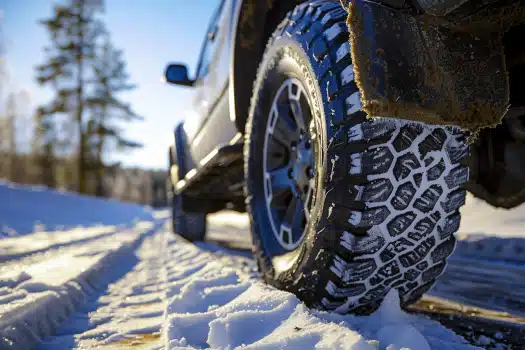
12-ply tires offer superior stability and control, especially when driving under heavy loads or off-road.
The extra plies make the tire structure stiffer, helping it maintain its shape under pressure.
This rigidity helps with handling by reducing tire flex, especially in situations like sharp turns, sudden stops, or driving on uneven terrain.
For those who regularly drive on rough roads or challenging environments, the stability and control offered by 12-ply tires can significantly improve vehicle safety.
Key Pointers:
- A stiffer structure helps maintain tire shape under pressure
- Improves handling in sharp turns and on uneven terrain
4. Resistance to Punctures and Cuts
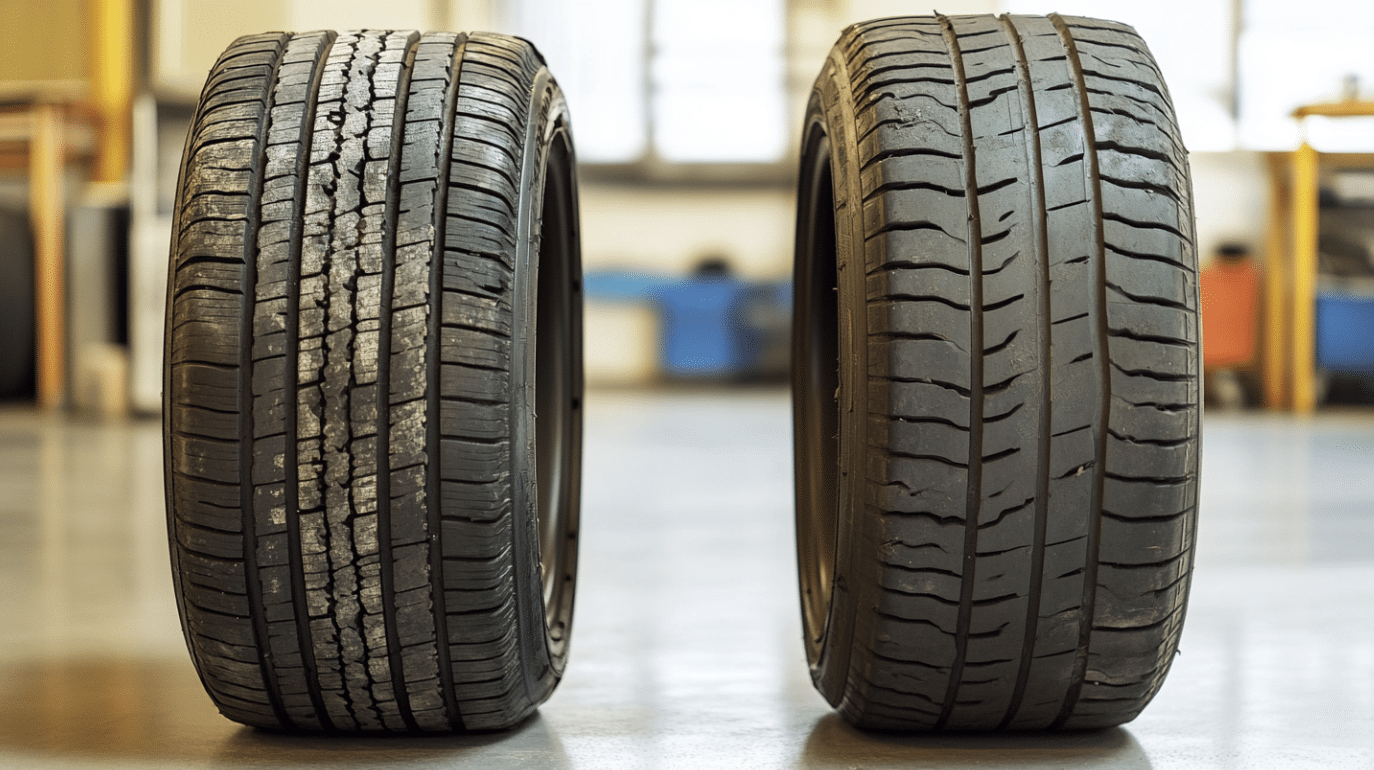
The multiple layers in 12-ply tires provide excellent protection against punctures and cuts.
Whether driving on rocky trails, construction sites, or debris-strewn roads, these tires are less likely to be damaged by sharp objects.
This resistance is particularly useful for off-road vehicles, commercial trucks, and trailers, which face higher risks of encountering obstacles that can damage tires.
The added protection reduces the chance of unexpected tire failures, making them more reliable in harsh environments.
Key Pointers:
- Multiple layers offer better protection against sharp objects
- More reliable in harsh environments like rocky trails or construction sites
5. Longer Lifespan
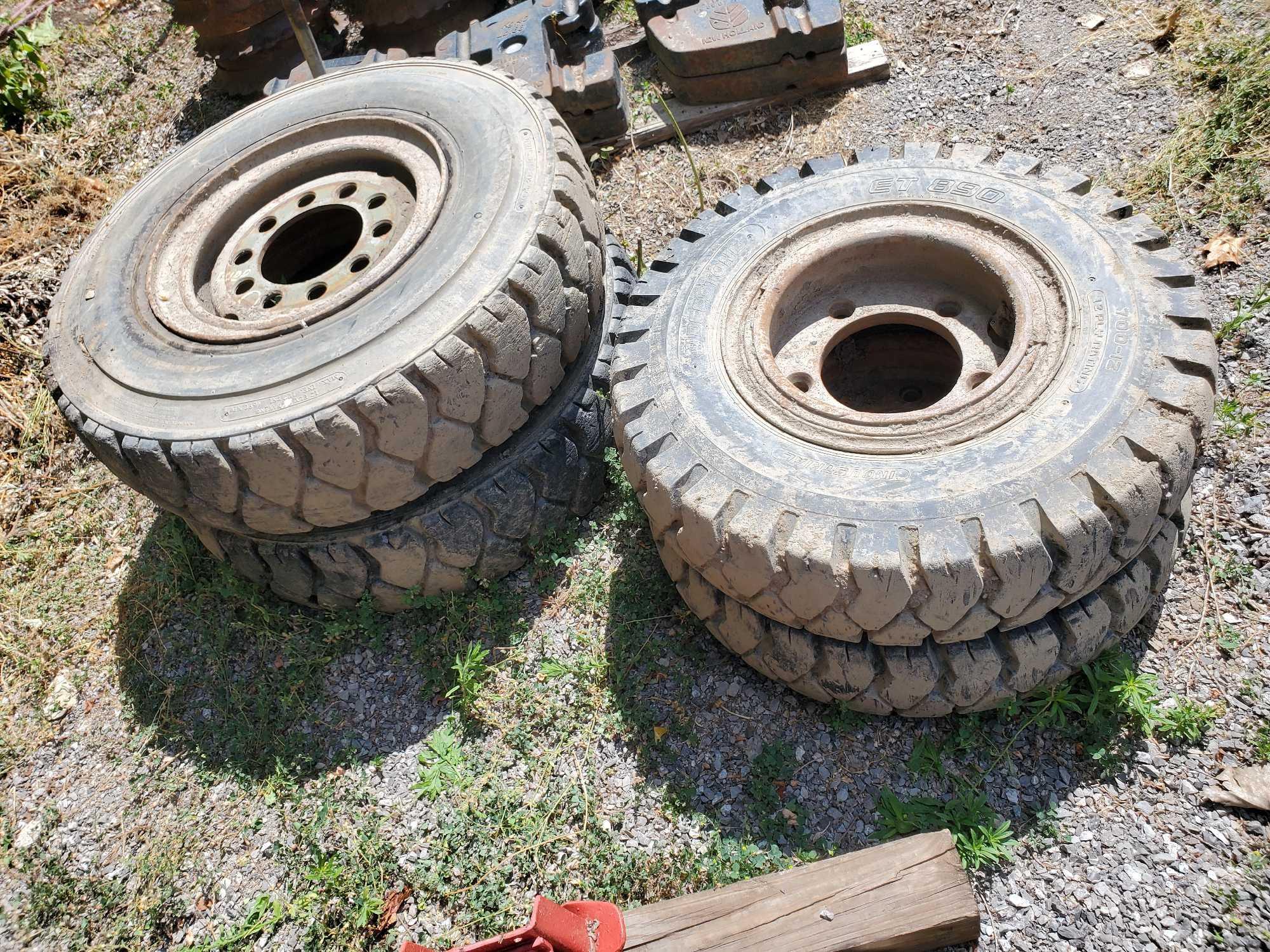
One of the main reasons to invest in 12-ply tires is their extended lifespan.
These tires are built to last longer than standard tires because they can withstand more wear and tear.
The extra plies provide additional reinforcement, which slows down the rate of tire degradation.
This means fewer replacements are needed, saving you money on long-term maintenance and reducing waste
Key Pointers:
- Need less frequent replacements, saving money long-term
- More environmentally friendly due to less waste
- Cost-adequate for vehicles with heavy use
Drawbacks of 12-Ply Tires to Keep in Mind
While 12-ply tires are great for heavy-duty use, there are some drawbacks to consider:
1. Compromised Ride Comfort
Due to their stronger construction, 12-ply tires can make the ride feel rougher.
Their added rigidity reduces their ability to absorb small bumps and road imperfections.
This might be noticeable on long trips or when driving on rough roads, making the experience less comfortable.
Key Pointers:
- Stiffer construction leads to a less cushioned ride
- More road vibrations are felt in the vehicle
2. Increased Fuel Consumption
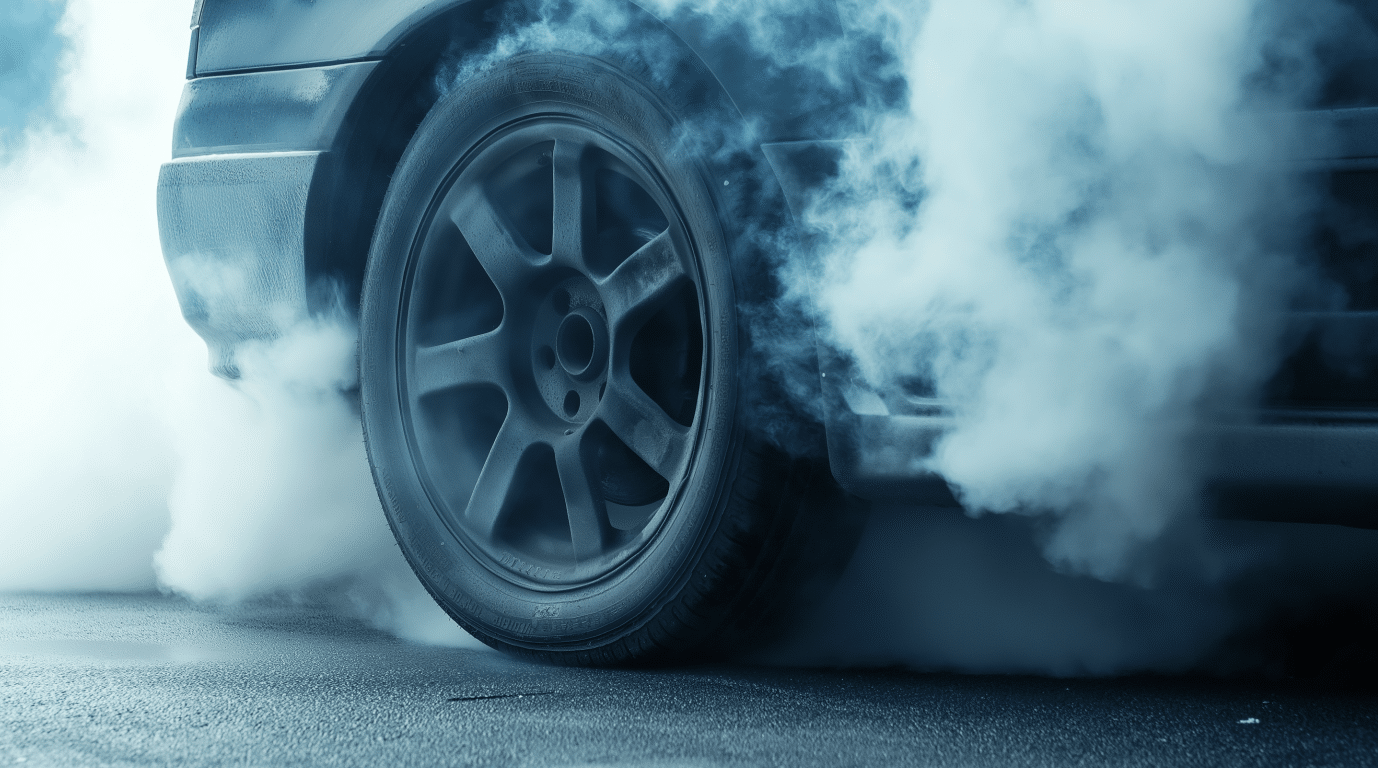
12-ply tires are heavier than standard tires, which can lead to increased fuel consumption.
The extra weight requires more energy for the vehicle to maintain speed, which could result in higher fuel costs over time.
This effect may be more noticeable in larger vehicles, like trucks or RVs, that are already less fuel-efficient.
Key Pointers:
- Heavier tires require more energy to move, increasing fuel consumption
- The impact on fuel efficiency is more noticeable in larger vehicles
3. Higher Initial Cost
12-ply tires typically come with a higher upfront cost compared to tires with fewer plies.
The additional materials and manufacturing complexity contribute to this higher price.
While the durability and longer lifespan can offset this cost over time, the initial expense can be a significant factor for some buyers, especially when replacing multiple tires.
Key Pointers:
- Higher upfront costs due to more materials and complex manufacturing
- Initial expense can be a barrier despite potential long-term savings
4. Limited Flexibility
The stiffer sidewalls of 12-ply tires can make them less adaptable to certain road conditions.
While this rigidity improves stability, it can reduce traction on uneven or changing surfaces.
If you’re used to tires with more flexibility, you may notice that 12-ply tires don’t perform as well in some situations.
Key Pointers:
- Less flexible sidewalls may not adapt well to varying road surfaces
- It can affect handling and traction in certain driving conditions
Ideal Applications for 12-Ply Tires
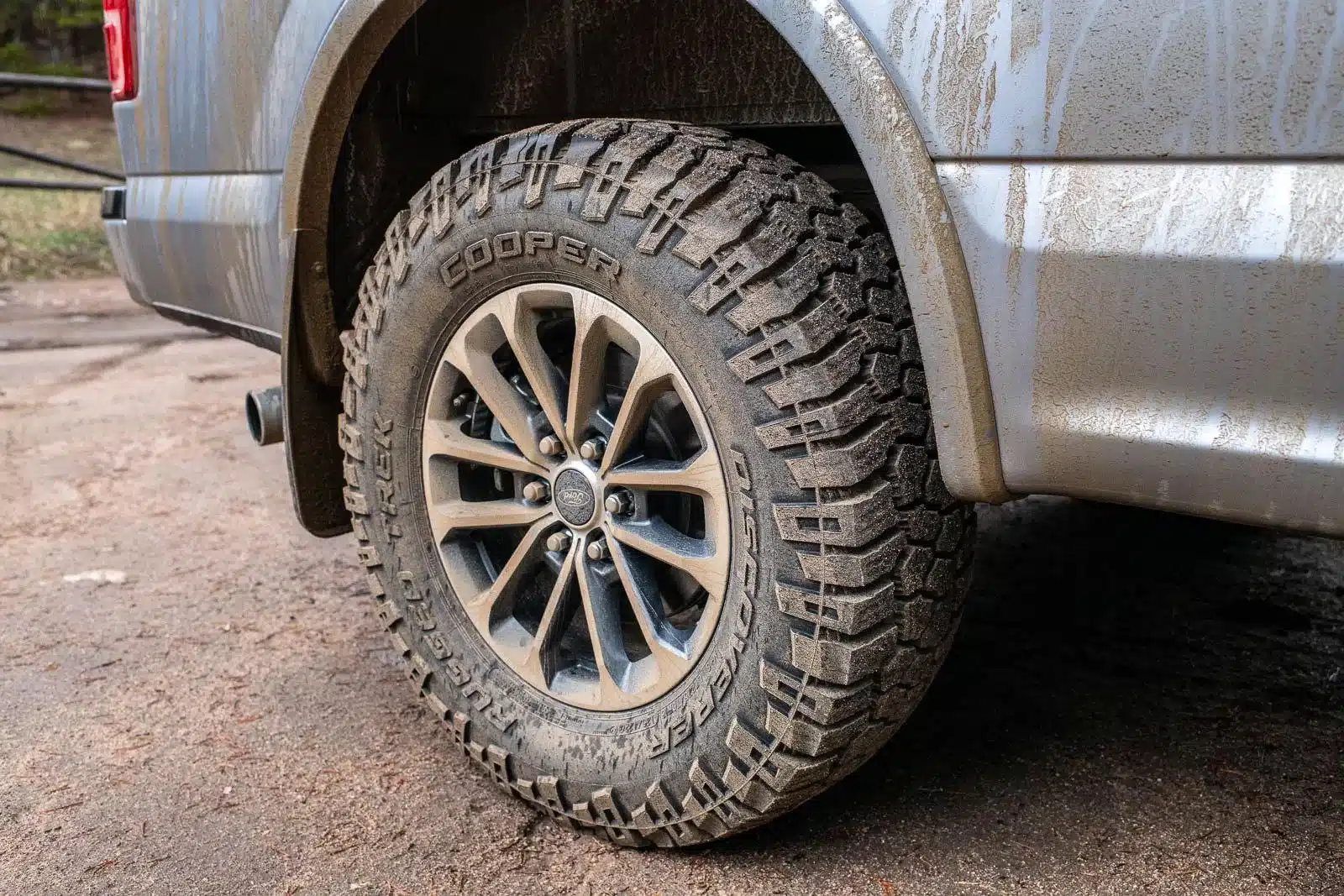
Commercial and Industrial Use
These tires excel in commercial settings, especially for trailers and heavy trucks.
Their high load capacity helps them handle heavy weights over long distances, making them a reliable choice for fleet managers and industries that depend on large vehicles.
Off-Roading
12-ply tires are a favorite among off-road enthusiasts.
Their rugged construction offers protection against sharp rocks, tree roots, and debris.
The added strength also improves stability and traction on loose soil, mud, or gravel, making them ideal for rough trails and extreme terrain.
Towing and Hauling
If you regularly tow heavy loads or haul trailers, 12-ply tires are a must-have.
They provide excellent stability, reduce sway, and ensure better control while carrying large, heavy cargo.
Detailed Comparison: 10-Ply vs. 12-Ply Tires
When choosing between 10-ply and 12-ply tires, it’s essential to consider factors like load capacity, durability, and fuel efficiency.
Let’s break down how these two tire types stack up against each other.
| Feature | 10-Ply Tires | 12-Ply Tires |
|---|---|---|
| Load Capacity | Suitable for medium to heavy loads, lower capacity | Ideal for very heavy loads, higher capacity |
| Durability | Good puncture resistance, but wears faster under heavy use | Superior puncture and cut resistance, longer lifespan under heavy loads |
| Fuel Efficiency | Lighter with better fuel economy, less rolling resistance | Heavier with slightly reduced fuel economy, higher rolling resistance |
| Cost | Lower upfront cost may require more replacements | Higher upfront cost and longer lifespan make it more cost-effective long-term |
Conclusion
12-ply tires stand out for their exceptional strength and durability, making them my top choice for demanding tasks.
I find these tires excel in heavy-duty situations, offering superior load capacity and resistance to punctures and wear.
12-ply tires are perfect for my commercial vehicle, off-road trips, and frequent towing.
They provide better stability and safety when driving in tough conditions.
While they may have a higher upfront cost and slightly reduce fuel efficiency, I’ve found their longer lifespan and reliability make them a good investment for heavy-duty use over time.
When choosing tires, I always consider my vehicle’s needs and how I use it.
If I regularly handle heavy loads or drive on rough terrains, 12-ply tires offer the performance and peace of mind I need for safe and smooth operation.


